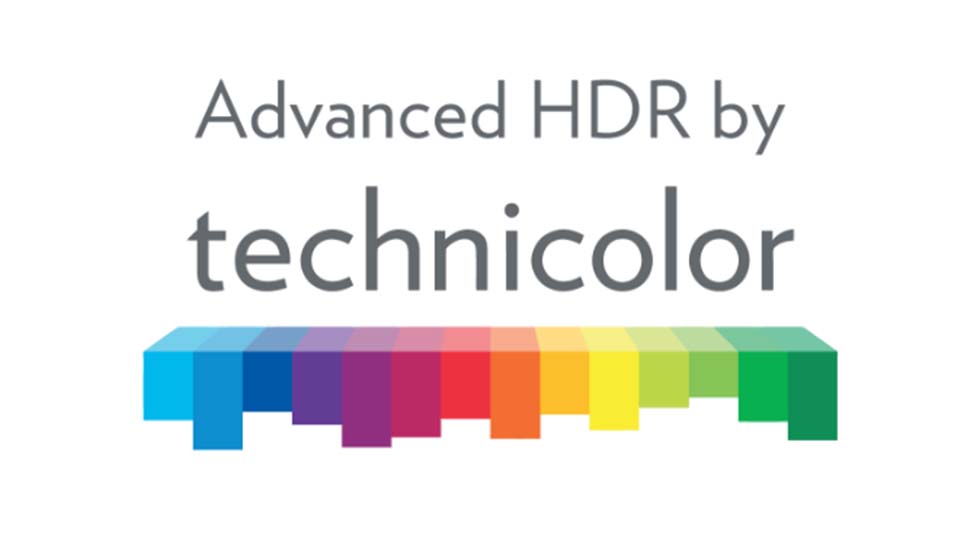DVB-T2 advances in Europe despite French setback
The decision by the French government to delay upgrading the national Télévision Numérique Terrestre (TNT) service to second generation DVB-T2 technology until at least 2015 is seen as only a minor setback by the DVB (Digital Video Broadcasting) group promoting the standard.
Other countries are pushing ahead with upgrading from first generation DVB-T technology, while some, such as the Ukraine, still on analogue services are jumping straight to DVB-T2. Indeed, the DVB has been lobbying those countries in Europe and southeast Asia planning to convert from analogue to digital terrestrial over the next few years to consider leaping straight to DVB-T2 if they want capacity for HD and particularly 3G services.
The French decision coincides with the final shutdown of the country’s last analogue transmitters on Nov. 30 and means that the six new digital terrestrial channels will for now run over first generation DVB-T. However, the government insisted that DVB-T2 will still be deployed in the future, following publication of a report by French media regulator CSA urging that the country upgrade to DVB-T2 as soon as possible in order to gain from the spectral efficiencies.
Germany is also pursuing a leisurely course to DVB-T2 upgrades with deployments planned for 2015, when, for example, Lower-Saxony is aiming to become the first German regional state to introduce the technology. But, elsewhere in Europe deployments are happening now. In the UK, terrestrial, free-to-air operator Freeview launched the world’s first operational DVB-T2 services in March 2010. In Italy, HD channels over DVB-T2 are available through pay TV operator Europa 7, which launched its service in August 2010. Sweden followed by launching DVB-T2 services in November 2010, with Finland soon to follow suit. Trials are also underway in Austria, Spain, Denmark, Slovakia and the Czech Republic, as well as Germany.
Altogether, over 60 countries have adopted DVB-T, including many outside Europe, mostly in SE Asia, and some of these are also planning to upgrade to DVB-T2. The biggest of these deployments will be in India, where broadcasting corporation Prasar Bharati plans to introduce DVB-T2 services at 19 locations in India, including the major cities of Delhi, Mumbai, Chennai and Kolkata.
The motivation for DVB-T2 upgrades is the spectral efficiencies it brings, creating about a 50 percent increase in capacity as a result of improved Forward Error Correction (FEC). In practice, the gains are often greater, at least 100 percent, because DVB-T2 is always deployed with advanced MPEG4 compression, which on its own can almost double capacity given that many first generation DVB-T infrastructures use MPEG-2.
For 3-D services, the capacity increase brought by DVB-T2 will be greater still as a result of a technique currently being standardized by the DVB that cuts out duplicated information captured by twin 3-D cameras at offset angles. The new algorithm, called Multiview Video Coding (MVC), exploits the fact that pictures captured by the two cameras differ only slightly, such that the two views can be incorporated into a bit stream that is much less than twice the size of the ones that would be required for a single 2D view.
The professional video industry's #1 source for news, trends and product and tech information. Sign up below.
But, the biggest single improvement in capacity resulting from the DVB-T2 standard itself is the result of the improved FEC. This involves a technique called Low Density Parity Check (LDPC), which has also been deployed in a similar form for the DVB-S2 second generation satellite technology and was originally developed half a century ago. But, LDPC is computationally intensive and only recently has silicon technology advanced sufficiently to handle it within terrestrial transponders.
FEC in general is necessary to provide error-free transmission without having to resend bits, which would cause unacceptable delays for video. This requires adding some redundant information as a buffer against loss of individual bits, and the trick is to make this extra data as small as possible. LDPC is a complex algorithm, but in essence transforms bit streams into a new form in which there are specific relationships between individual bits within each group. This enables the values of bits lost because of channel transmission errors to be determined at the receiving end by considering the values of those bits nearby. By using a lot of computational power, the number of extra bits needed to provide redundancy is kept to a minimum.
The success of LDPC in boosting capacity has led the DVB to take DVB-T2 beyond its base in Europe and southeast Asia onto the world stage. The DVB argues that the three main alternative digital terrestrial standards — Advanced Television Systems Committee (ATSC) used in North America; Integrated Services Digital Broadcasting (ISDB-T) used in Japan and in slightly different form across much of South America; and Digital Terrestrial Multimedia Broadcast (DTMB) in China — all lack an upgrade path to exploit greater spectral efficiencies, made possible by LDPC allied to improvements in signal processing power.
It remains to be seen how successful this DVB campaign will be since commercial and political factors may outweigh technical considerations.
